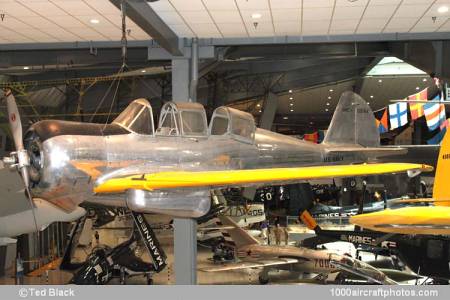09/30/2010. In 1935 the St. Louis Division of Curtiss produced a light all-metal 'sport coupe' which proved to have troublesome aerodynamic characteristics. Stability was uncertain, stalls were violent. The wing was redesigned with three distinct airfoils being used on each side.
The original NACA 23015 airfoil at the root was retained, the NACA 23009 airfoil was thickened into a modified airfoil which became known as the
CW-19 airfoil. A thick high lift section was developed and inserted at the mid-span. The new wing proved successful and was retained throughout the life of the program. Series developments ran from the 10-L prototype through models CW-19R, CW-21, CW-22, and CW-23.
In search of an advanced trainer the Navy tested the CW-22 in 1940, and in November, 1940 an order was placed with Curtiss-Wright for 150 naval versions known as the SNC-1 Falcon, powered by a 420 hp Wright R-974E nine-cylinder air-cooled radial engine. With follow-on orders, production ran to a total of 305 (6290-6439, 05085-05234, 32987-32991) machines by 1942.
